Bankoyaki was established in the mid 1700’s in Obuse in Mie-pref. by a powerful merchant, Nunami Rouzan. His strong interest in teaware lead to the production of original designs with foreign influences (such as arabesque) and became very popular in Edo.
After the death of Rouzan, production ceased until the 1800’s when two talented young brothers Mori Yusetsu and Senchu set up a kiln and started reproducing old Banko ware. By this time people’s preferences were taking a turn towards delicate and ornate pieces so the Mori brothers made use of new techniques such as wood molding and the use of vitreous enamel to paint moriage (raised) motifs etc.
In 1870 Yamanaka Chuzaemon established a kiln in Yokkaichi-city where great numbers of delicate, thin bodied teapots made of white clay were produced for export. When this white clay became scarce, the remaining clay, rich in iron was used to make teapots on the potter’s wheel. This was how shidei teapots came to be made in Yokkaichi-city, starting a tradition that continues to this day.
The teapot you receive may differ slightly in appearance to the one shown in the photo.
This is because each piece is individually hand crafted.
Items with a

mark come in a wooden box.
The volume of each teapot is measured at full capacity (ie. filled right up to the rim, just under the lid).
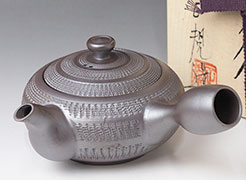
 Tachi Masaki Tachi Masaki
220-235ml/7.4-7.9 fl.oz
|
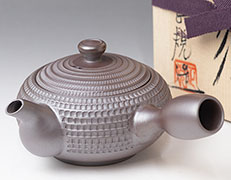
 Tachi Masaki Tachi Masaki
220, 240 ml/ 7.4, 8.1 fl oz
|
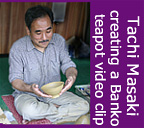 |
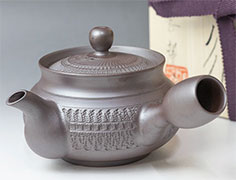
 Tachi Masaki Tachi Masaki
220-230 ml/7.4-7.7 fl oz
|
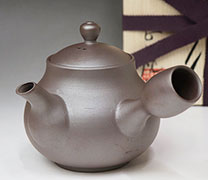
 Tachi Masaki Tachi Masaki
275 ml / 9.2 fl.oz
|
|
|
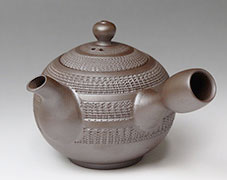
Tachi Masaki
140 ml / 4.7 fl.oz
|
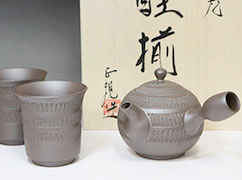
 Tachi Masaki Tachi Masaki
255-285 ml / 8.6-9.6 fl.oz
|
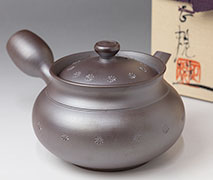
 Tachi Masaki 250 ml / 8.4 fl.oz Tachi Masaki 250 ml / 8.4 fl.oz
|
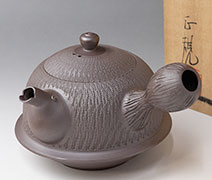
 Tachi Masaki 300 ml / 10.1 fl.oz Tachi Masaki 300 ml / 10.1 fl.oz
|
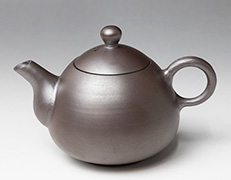
Tachi Masaki 140 ml / 4.7 fl.oz
|
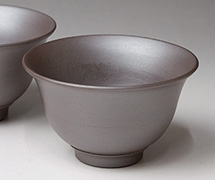
Tachi Masaki
|
|
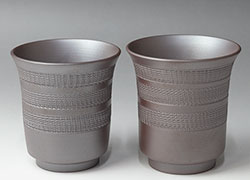
Tachi Masaki
|
Otsuki Shun |
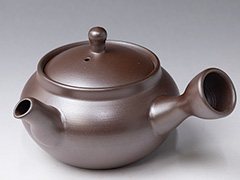
Otsuki Shun
105 ml - 110 ml / 3.5 fl.oz - 3.7 fl.oz
|
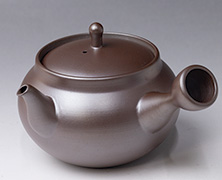
Otsuki Shun
180 ml - 200 ml / 6 fl.oz - 6.7 fl.oz
|
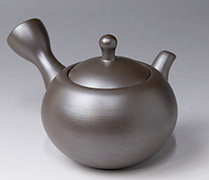
Otsuki Shun
105 ml / 3.5 fl oz SOLD
|
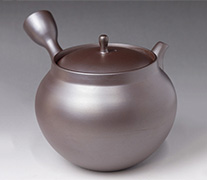
Otsuki Shun
460 ml / 15.5 fl.oz NEW
|
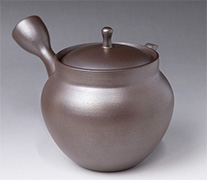
Otsuki Shun
240 ml / 8.1 fl.oz NEW
|
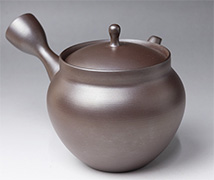
Otsuki Shun
230 ml / 7.7 fl.oz NEW
|
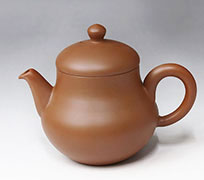
Otsuki Shun
120 ml / 4 fl.oz SOLD
|
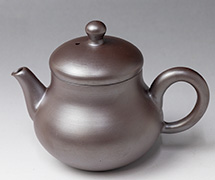
Otsuki Shun
100 ml / 3.3 fl.oz
|
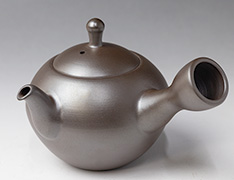
Otsuki Shun
110 ml / 3.7 fl.oz
|
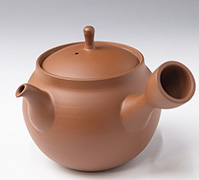
Otsuki Shun
185 ml / 6.2 fl oz
|
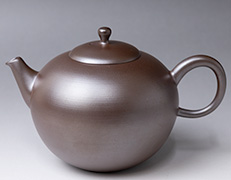
Otsuki Shun
215 ml / 7.2 fl oz NEW
|
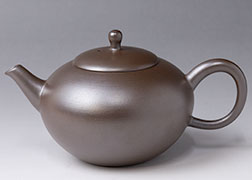
Otsuki Shun
125 ml / 4.2 fl.oz
|
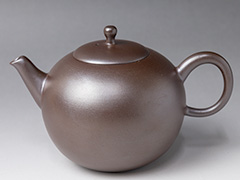
Otsuki Shun
205 ml / 6.9 fl oz NEW
|
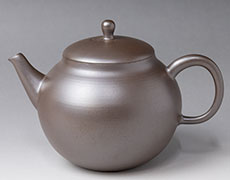
Otsuki Shun
160 ml/5.4 fl oz
|
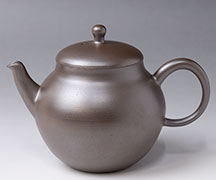
Otsuki Shun
125 ml / 4.2 fl.oz
|
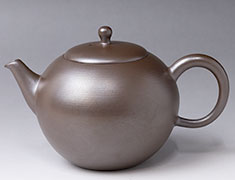
Otsuki Shun
140 ml / 4.7 fl.oz
|
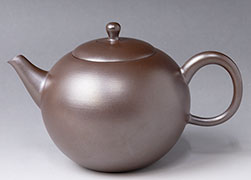
Otsuki Shun
160 ml/5.4 fl oz
|
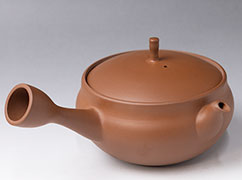
Otsuki Shun
215 ml / 7.2 fl oz *left-handed SOLD
|
|
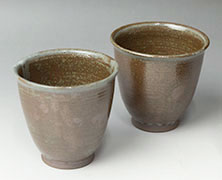
Otsuki Shun
105-120 ml / 3.5 - 4 fl oz
|
|
Yamamoto Hiromi (1941 - 2022) |
|
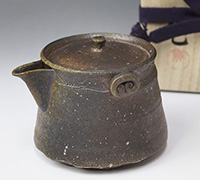
 Yamamot Hiromi Yamamot Hiromi
285 ml / 9.6 fl oz SOLD
|
|
Jitsuzan II |

 Jitsuzan II Jitsuzan II
295 ml / 9.9 fl.oz
|
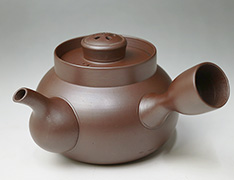
Jitsuzan II 250 ml / 8.4 fl.oz
|
|
Mori Iroku IV |
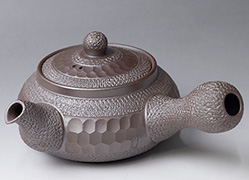
Iroku IV 180 ml / 6 fl.oz
|
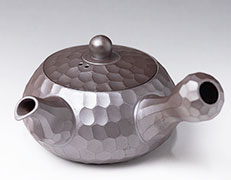
Iroku IV 175 ml / 5.9 fl.oz
|
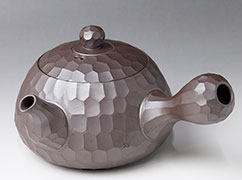
Iroku IV 295 ml / 9.9 fl.oz
|
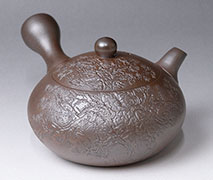
Iroku IV 260 ml / 8.7 fl.oz
|

Iroku IV 145 ml / 4.9 fl.oz
|
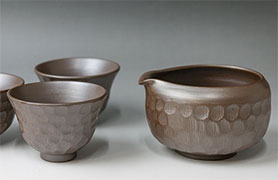
Iroku IV
|
Mori Iroku III (1936-2014) |
|
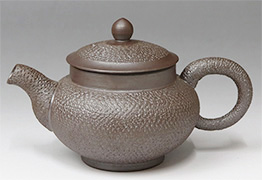
Iroku III(small) 95 - 105 ml SOLD
|
|
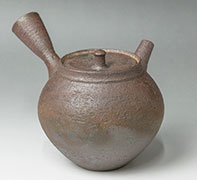
Taisen 230 ml / 7.7 fl oz
|
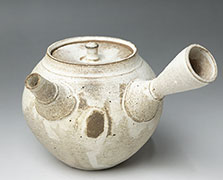
Taisen 245 ml / 8.2 fl oz SOLD
|
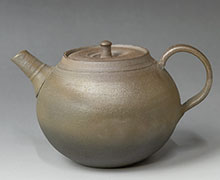
Taisen 190 ml / 6.4 fl oz
|
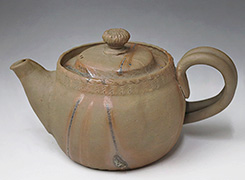
Seigetsu kiln 160 ml / 5.4 fl.oz
|
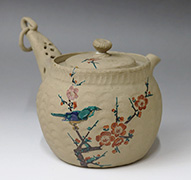
Seigetsu kiln 350 ml / 11.8 fl.oz
|
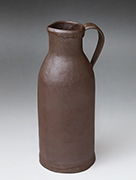
Mizutani Kiyoshi
|
| |
|
Hironaga kiln |
Kawakita Handeishi & Hironaga kiln
Handeishi is exceptional in that he started his career as an amateur, without the benefit of family connections or an
apprenticeship to a craftsman.
Born in Osaka in 1878 to a wealthy family, the young Handeishi showed an early interest in art. However he chose a different career path, becoming a bank director at the age of 25.
While climbing up the career ladder at the bank, Handeishi pursued his artistic studies, becoming acquainted with major figures
in the art world. In 1913 he made trips to China
and Korea, bringing back various types of clay.He is also reputed to have visited ancient kilns
to further his knowledge of traditional techniques and glazing methods.
He also devoted a lot of energy to the practicalities, procuring land (Chitose mountain)
in the city of Tsu (Mie pref.) and building his own climbing kiln. His first successful firing was in 1934.
Handeishi retired from the bank in 1942 and in 1946 moved his whole kiln from Chitose to its present location in Hase, setting up the Hironaga kiln
and handing down his knowledge to his apprentices.
Handeishi's died in 1963 but the Hironaga kiln is still very active , producing a variety of wares
using many different techniques. The majority of the pieces are traditional tea ware, created according to old-style methods and trusted
techniques.
* Some of the pieces featured on this page are not signed. All the pieces regardless of whether or not they have marks, are guaranteed as
authentic Hironaga items. |
|
|
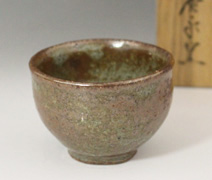 |
|
|
 Karatsu guinomi SOLD Karatsu guinomi SOLD |















































